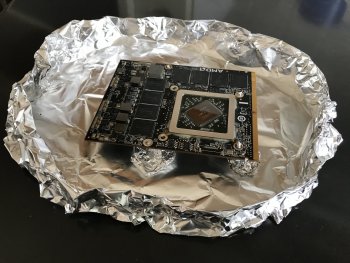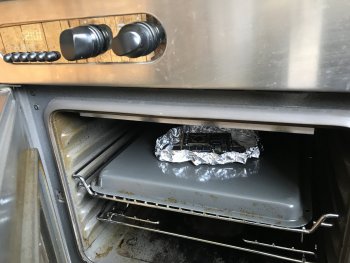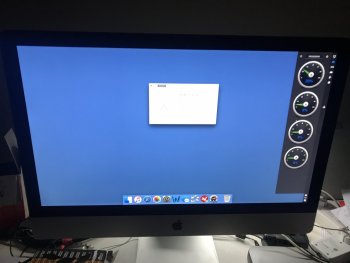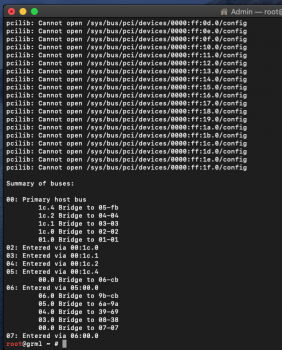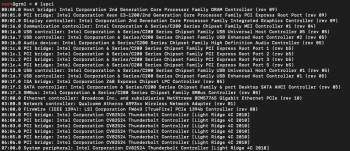"
Brasures des composants électroniques sur circuits imprimés[modifier | modifier le code]
La réduction drastique du plomb concerne en premier lieu les industries de matériels électroniques. Ils ont été contraint d'utiliser, pour les
brasures (incorrectement nommées « soudures ») des composants électroniques, des alliages dépourvus de plomb, matériau qui est utilisé à plus ou moins 40 %, pour environ 60 % d'étain, dans les alliages autorisés les plus utilisés avant l'adoption de cette directive.
Les alliages compatibles avec cette directive, qui ont été utilisés en remplacement, sont simplement des alliages dont le taux d'étain a été augmenté afin de compenser totalement la part de plomb, ces alliages sont donc composés à plus de 95 % d'étain ; ils fondent à une température plus élevée (jusqu'à 220 °C, soit 30 à 35 °C de plus que l'étain-plomb (183 °C)).
En fait, les composants eux-mêmes étaient souvent déjà sans plomb, mais le processus d'assemblage sur les
circuits imprimés par exemple continuait à utiliser une brasure en plomb/étain proposant de nombreux avantages, notamment économique mais aussi commercial avec son aspect brillant, l'aspect des brasures composé en quasi-totalité d'étain souffre d'un aspect terne. Mais depuis le milieu des années 2000, un nouvel alliage étain-nickel-germanium permet de retrouver cet aspect brillant que procure les alliages au plomb, même s'il est assez peu répandu (soumis à un brevet), qu'il ait un point de fusion encore plus haut de l'ordre de 10 °C et qu'il soit plus onéreux.
Le changement d'alliage pour les brasures a conduit à devoir modifier ou remplacer certains processus de fabrications, certains matériels et même certains des matériaux des composants pour les adapter à une température de fusion un peu plus élevée. Cette donnée thermique fut la plus difficile à surmonter pour les industriels qui mirent entre cinq et dix ans à maitriser convenablement la fonte de ces alliages dépourvus de plomb, pendant ces années, ils ont été confrontés à des taux de pannes nettement plus importants sur les circuits électroniques qu'ils produisaient. Cela est due au fait que le point de fonte de l'étain sans plomb est très proche du point de « casse » de certains composants électroniques qui a obligé les constructeurs à limiter la température appliquée, ainsi les brasures ont été mal fondu, voire pas fondu et à peine en contact laissant place à l'oxydation avec le temps ce qui empêche le courant de circuler, notamment sur les composants à matrice de billes dont on peut difficilement contrôler avec certitude la réussite ou non de la fonte. Les exemples les plus connus ayant subi ces dommages sont les consoles Playstation 3 de Sony et Xbox 360 de Microsoft ainsi que bon nombre de composants informatiques, en particulier les cartes graphiques.
Le choix des matériaux et des composants utilisés est un des éléments des stratégies d'entreprise. De fait, dans ces entreprises, plusieurs activités sont concernées : achats,
R&D, marketing, qualité, formation,
responsabilité sociale des entreprises, etc. Il s'agit d'une véritable révolution technologique qui influe fortement sur la qualité et la fiabilité des produits"



